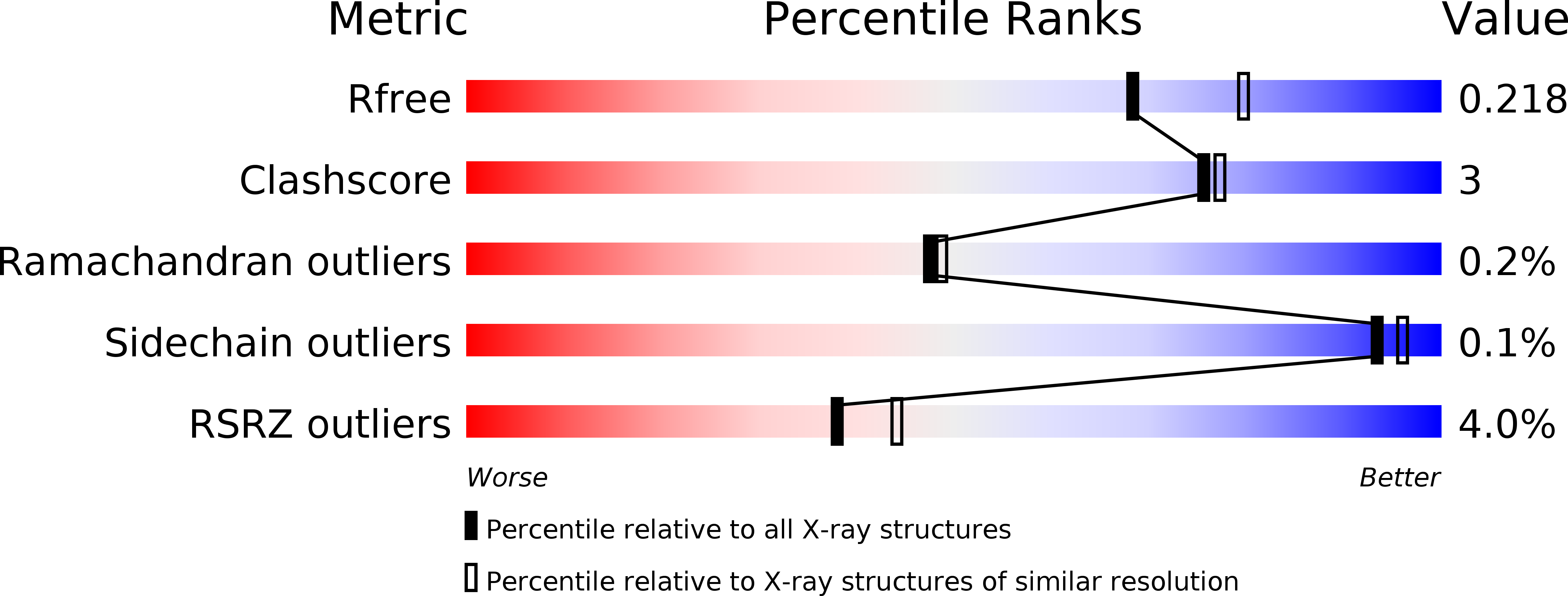
Deposition Date
2020-03-03
Release Date
2020-09-23
Last Version Date
2024-01-24
Entry Detail
PDB ID:
6Y88
Keywords:
Title:
IGPS (Indole-3-glycerol phosphate synthase) from Pseudomonas aeruginosa in complex with substrate inhibitor rCdRP
Biological Source:
Source Organism:
Pseudomonas aeruginosa (Taxon ID: 287)
Host Organism:
Method Details:
Experimental Method:
Resolution:
2.10 Å
R-Value Free:
0.21
R-Value Work:
0.17
R-Value Observed:
0.17
Space Group:
P 21 21 2


